



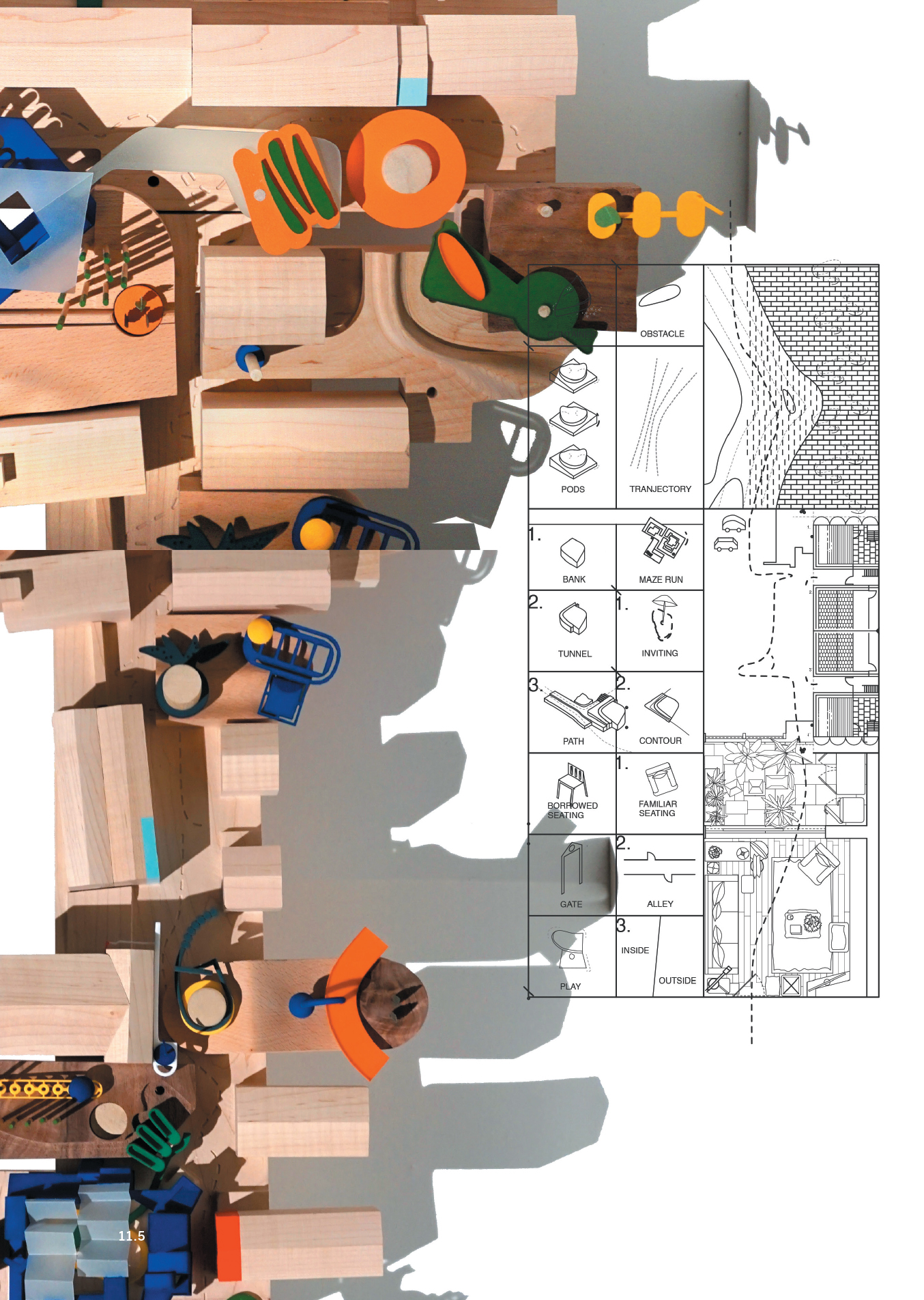
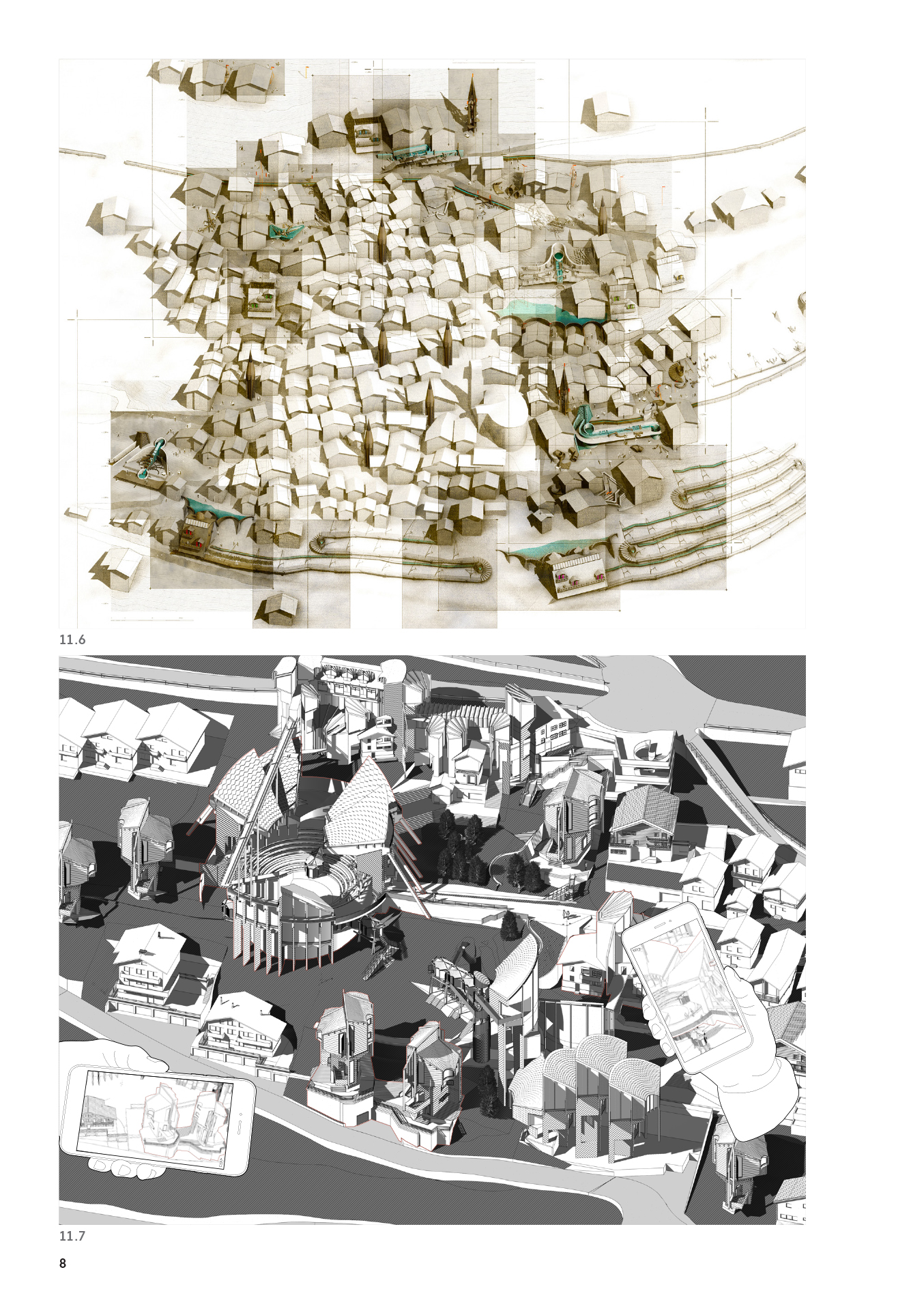
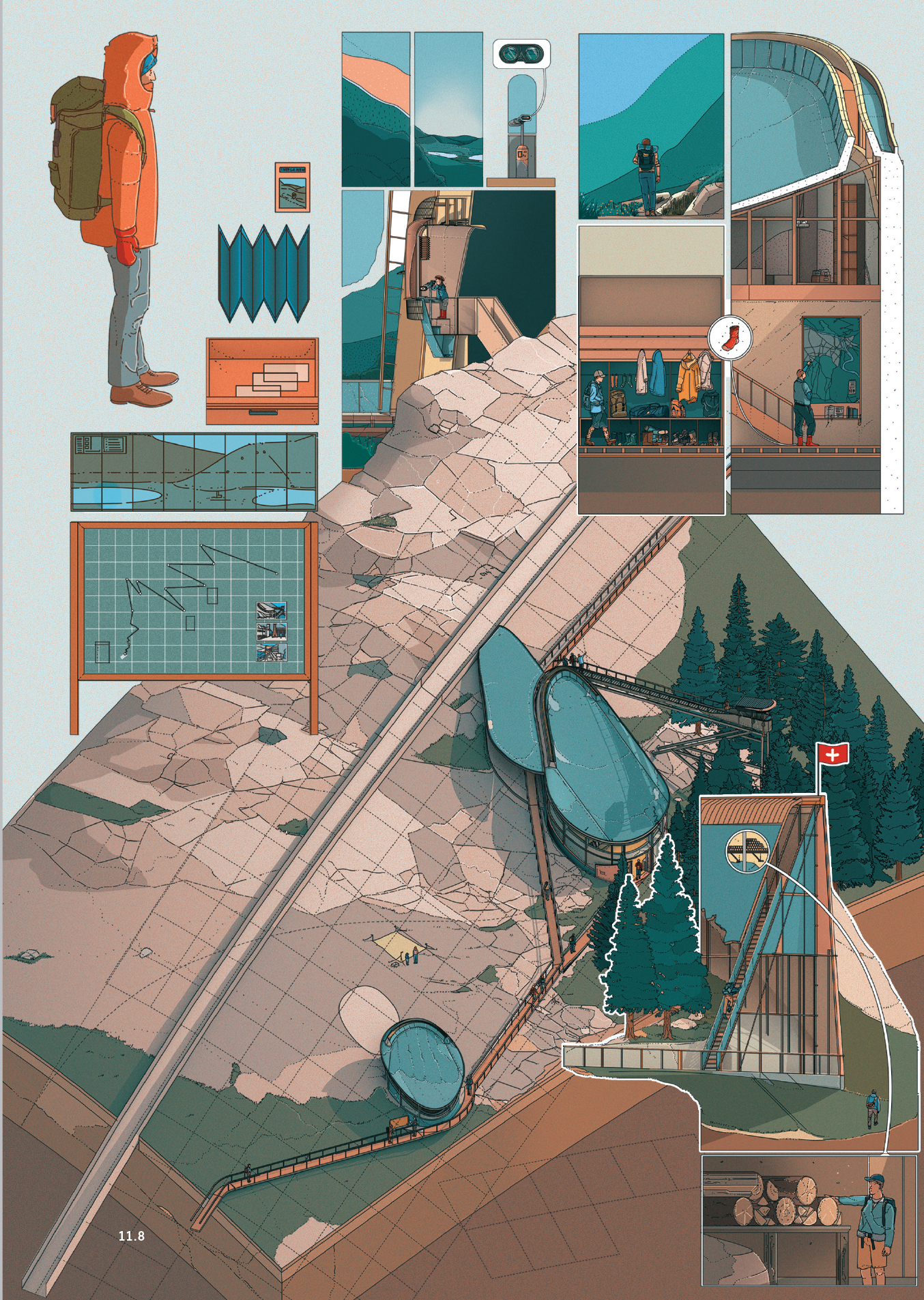
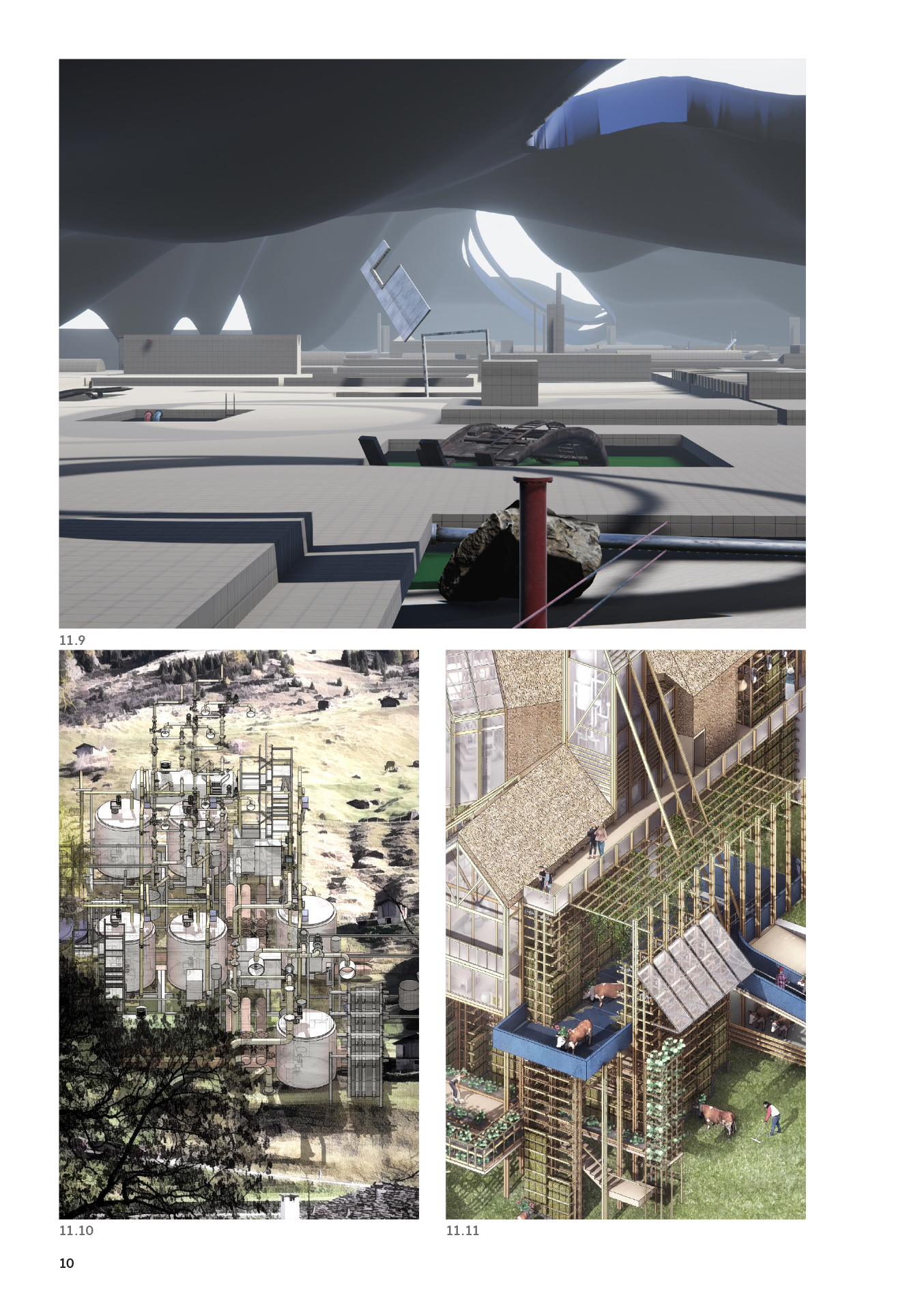
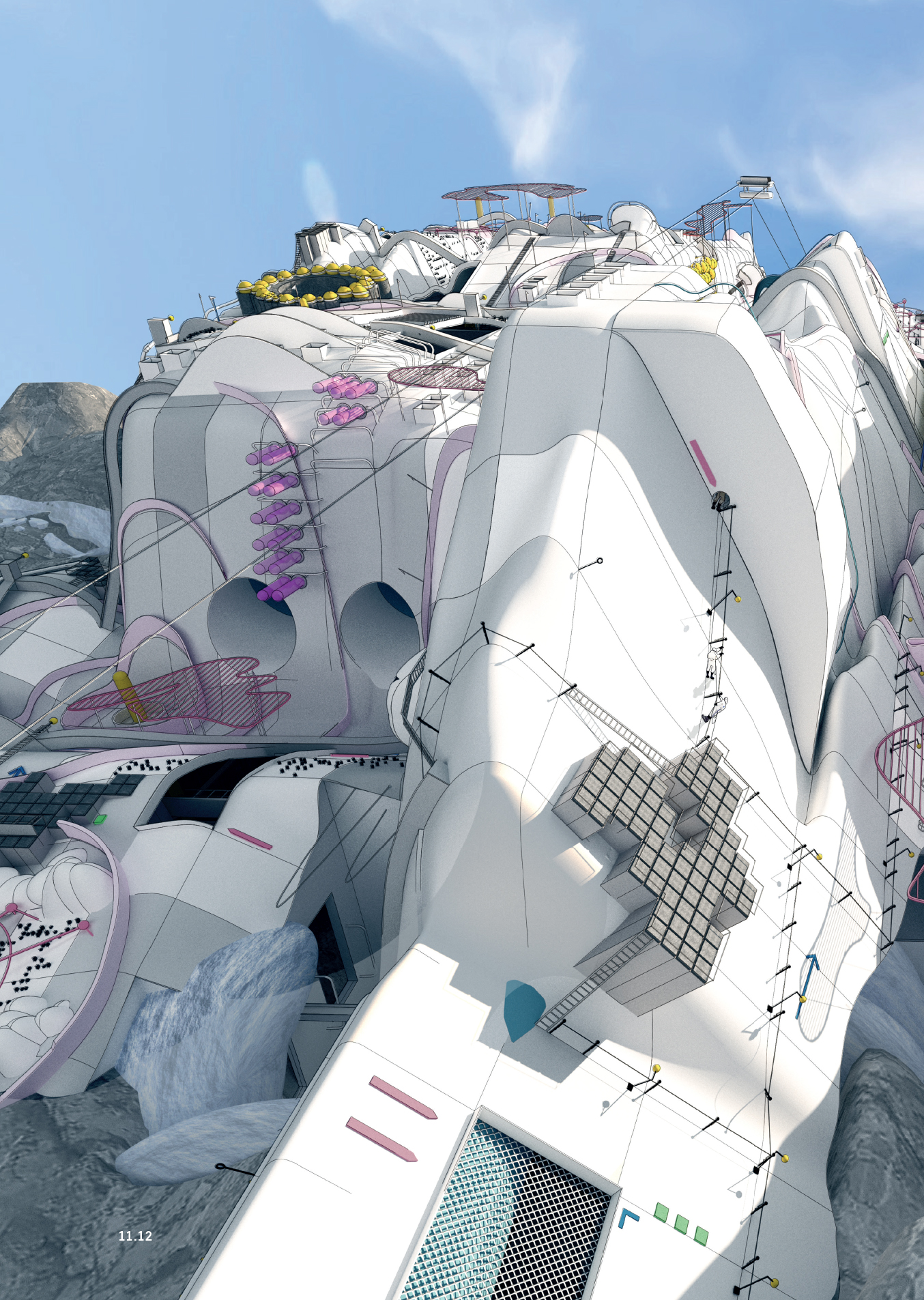
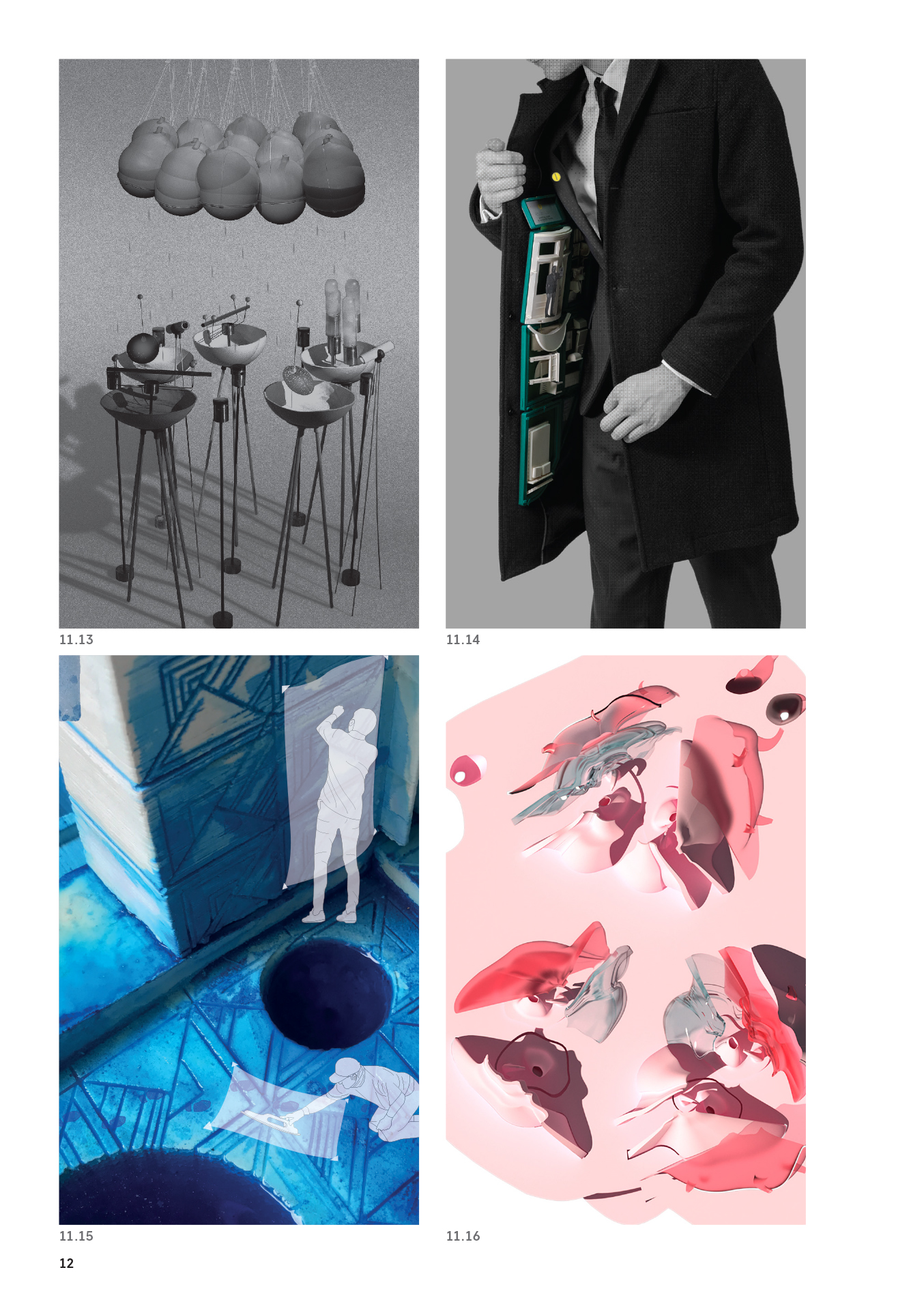
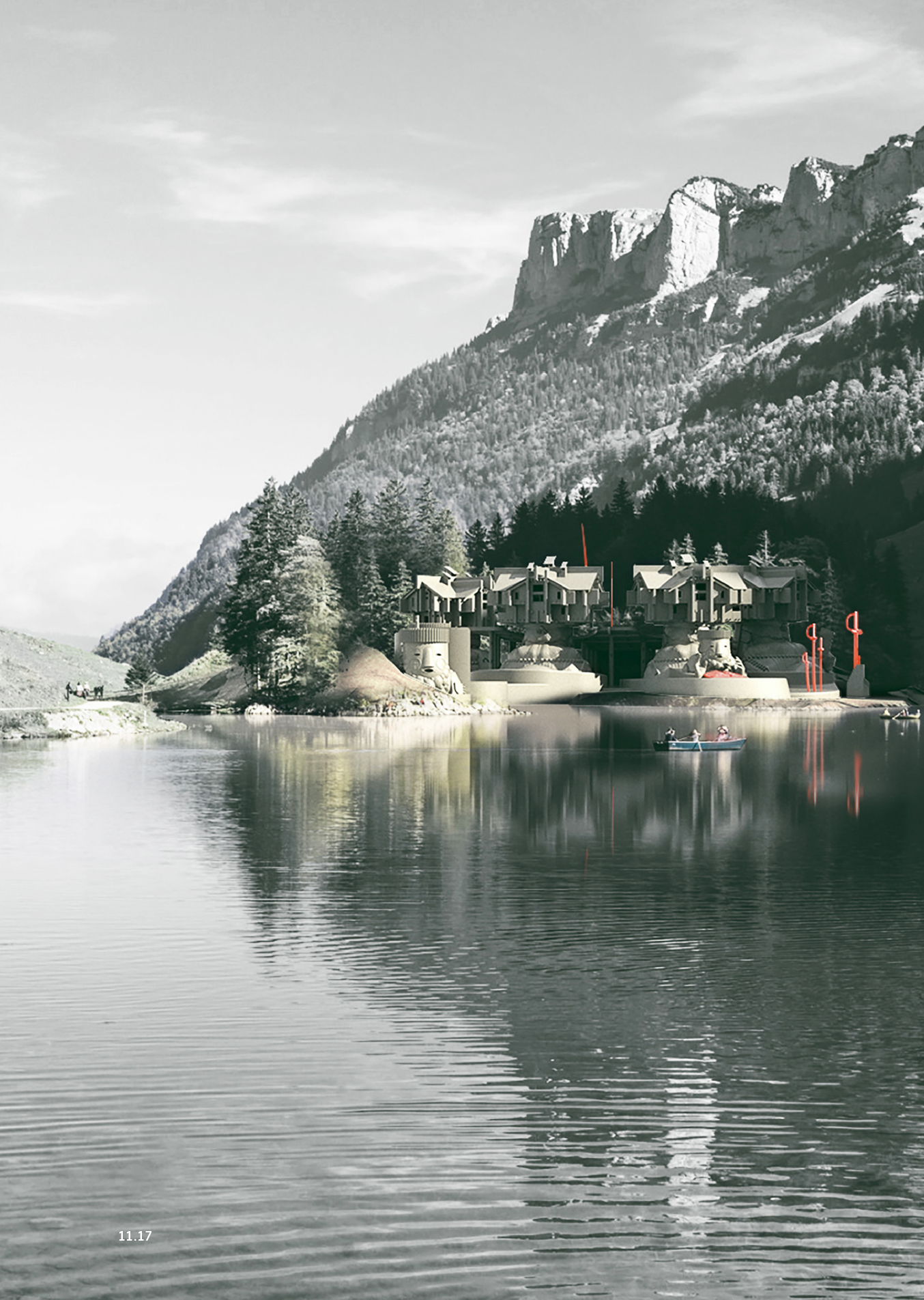
Terra Incognita
MArch Architecture, Unit 11, Bartlett School of Architecture
This Latin phase Terra Incognita, meaning ‘unknown land’, was used by cartographers in the Age of Exploration to denote those territories of the globe that were unknown, unexplored or undocumented. Geographical Terra Incognita is now practically inconceivable—the prospect of discovering uncharted land has all but disappeared. Myth and imagination are replaced by undisputable physical reality, as most of the Earth’s surface has been digitally surveyed, if not charted, in minute detail. Yet, for reasons such as the shifting topographies of climate change, renegotiated political borders and evolving infrastructures, a map is outdated as soon as it’s made. Flaws caused by digital glitches and the inaccuracies of new scanning technologies add yet another layer of redundancy and ambiguity.
Our unremitting drive for ‘progress’ and the search for knowledge has produced many subsequent Ages of Exploration including, missions to chart the ocean depths and voyages extending beyond our galaxy. However, Terra Incognita is now more likely to be used metaphorically to signify uncharted territories in other areas of exploration, such as fields of scientific research, where the journey of discovery continually stretches to an ever-advancing frontier. What is the current focus of global exploration? What is the role of architecture in future thinking?
Future Fictions
"It Is Not Down in Any Map; True Places Never Are" Herman Melville, Moby Dick
Far from being ‘lost in space’, the unknown is also fundamentally the territory of speculation and discovery. We focused on the moving target of the future at its most enigmatic, uncovering or proposing future ideals, and didactic models for future living, evoking real or imagined future scenarios or reviving forgotten innovations. We asked ‘What if?’ and ‘What’s next?’ through the context of design, architecture and technology.
Tomorrow’s World Today
“All who claim to foretell or forecast the future are inevitably liars, for the future is not written anywhere - it is still to be built”, Creating the future: The use and misuse of scenarios, Michael Godet.
Following in the footsteps of the Viollet-le-Duc and John Ruskin, founders of the Alpine Club, we endeavoured to develop a "better knowledge of the mountains through literature, science and art" on a Grand Tour of the sublime Swiss Alps. The pristine wilderness is remarkably geo-technically manipulated and undergoes dramatic seasonal transformations, not only through the iced couture of the ski slopes but also through the ancient agricultural practice of transhumance from lowlands to upland valley grazing meadows. The awesome dominance of its sublime and elemental mountains—bucolic alpine panoramas with chocolate box views of bell-jangling cows grazing on wildflower meadows—belie a culture of modernity and scientific innovation. The majority of projects are sited amongst the visual abundance and landscape utility of this living laboratory.
4th Year Students: (Scott) Siqi Chen, Sacha Hickinbotham, Theo Jones, Karolina Kielb, Liam Merrigan, Bunny Swetnam, Maxime Willing
5th Year Students: George Bradford-Smith, Andrew Chard, Wei-Kai Chu, Oliver Colman, Stefan Florescu, Paul Humphries, Douglas Miller, Naomi Rubbra, Nicholas Salthouse
Awards and Prizes
Saint Gobain Innovationn Award—Andrew Chard
Saint Gobain Innovationn Award—Naomi Rubbra
Ambrose Pointer Prize—Emma Colthurst
